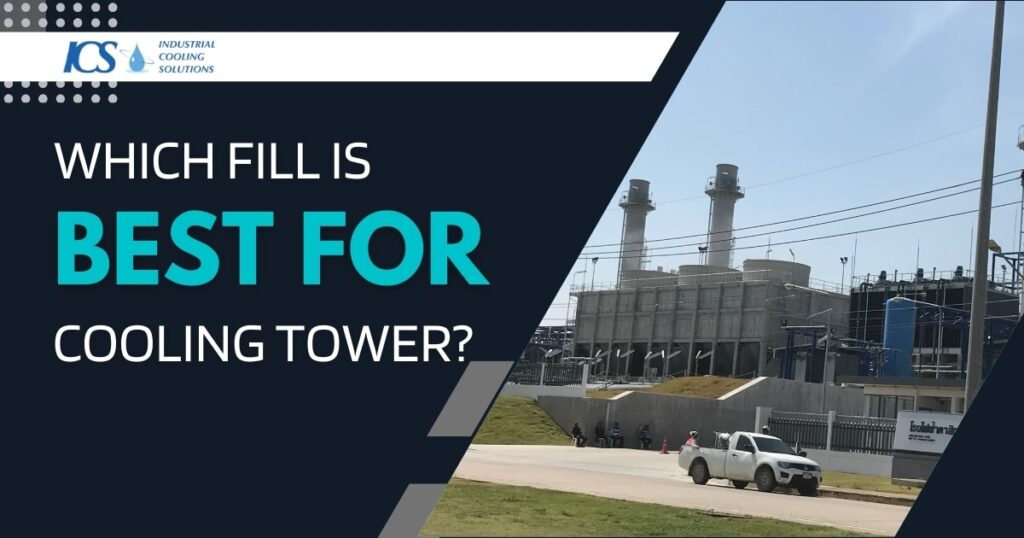Finding the appropriate fill material for cooling towers is crucial to optimize water surface area for the cooling process in industries. This article focuses on the working of splash and film fills, performance parameters, and influence of fill pack water quality.
Table of Contents (Which fill is best for cooling tower?)
Cooling Tower Importance
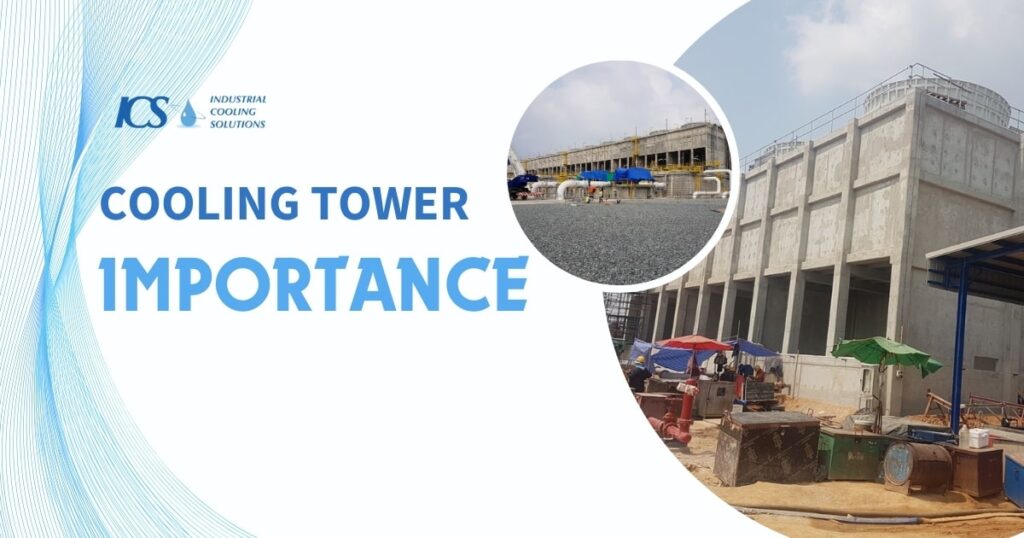
Cooling towers are crucial elements of industrial and commercial facilities, where they serve the purpose of removing heat to maintain safety and functionality in different conditions.
Introduction to Fills
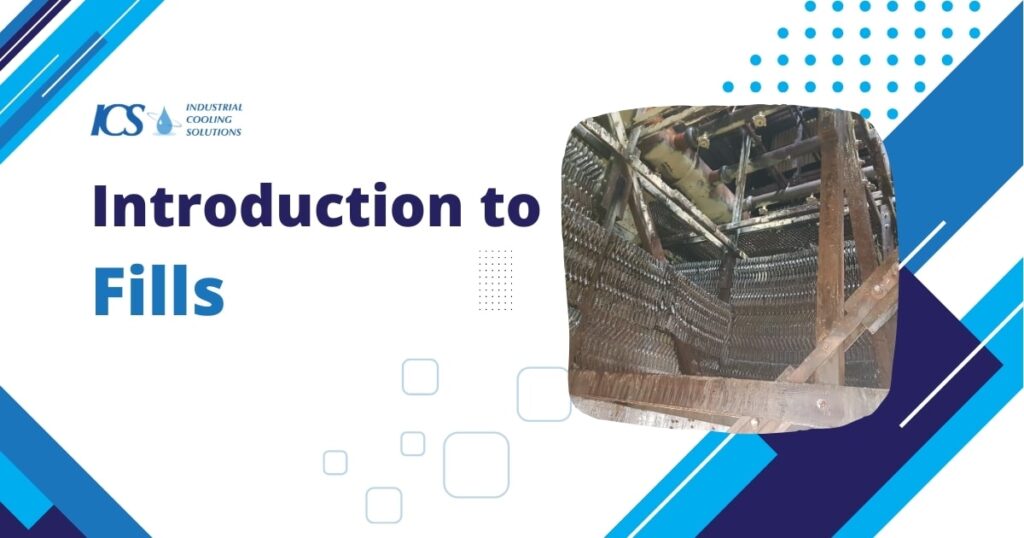
Having fill materials are crucial for a cooling tower because they enable the transfer of heat from the warm water below to the cold air above. The two main types are splash fills and film fills, with each type of cooling tower fill also having characteristics that influence performance and application suitability.
How Cooling Towers Work?
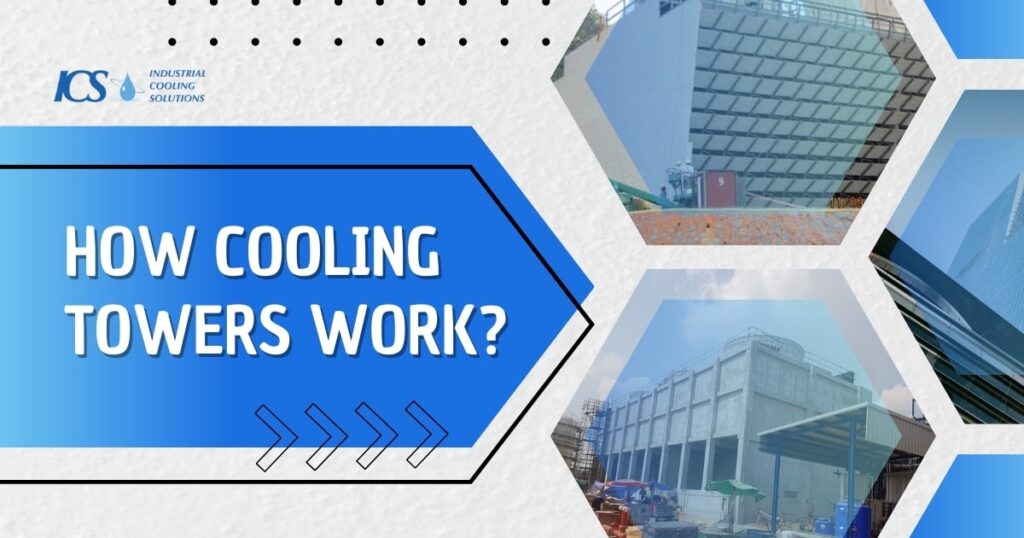
Cooling towers utilize evaporative cooling. Hot water from industrial processes is pumped to the top and distributed over fill material called channels. When the warm water hits where it falls, it runs and forms droplets which increase the surface area for heat exchange. The remaining water is cooled as fans draw air through the top right cooling tower side, thus enabling evaporation. The cooled water will be collected at the bottom and pumped back through the system while the warmer air is released.
The Role of Water and Air in Heat Dissipation
Water and air cool the heat in cooling towers. Water evaporates and releases heat and air removes the vapor and helps in the right cooling tower. It depends on the water to air interaction which is affected by the design of the the counterflow cooling tower, and fill material.
The Role of a Fill in the Cooling Process
Fills Increase Efficiency
Fills are meant to create a large contact area between water and air so as to improve the heat exchange rate. Assuming water spreads in the form of small droplets or a thin layer, fills make larger debris so it possible for more water to be exposed to air. This increases the amount transfer heat exposure the water hits and therefore there is better heat dissipation.
Heat Exchange Process and Significance of Surface Area
When it comes to heat exchange, throw surface area out the window. Fills characterize larger areas that improve convective heat transfer. Splash fills cause turbulence, which forms tiny droplets of water; on the other hand, film fills form a thin layer of water. They both maximize water-air interface but in a different manner. The preference between them depends on factors such as the incoming water, quality and the level of high efficiency being required.
Two main types of cooling tower fills
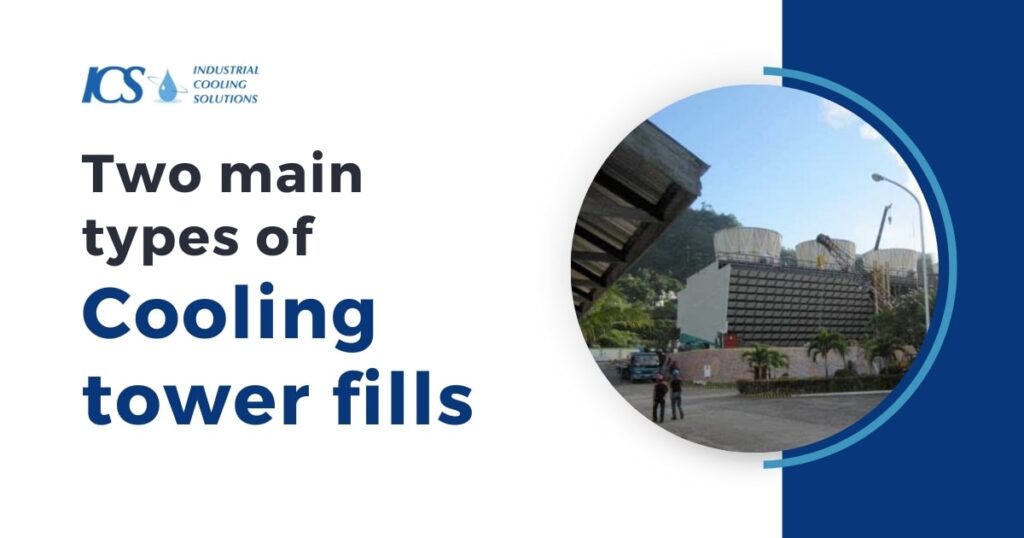
Splash Fill:
Splash fills are meant to distribute water flow into relatively small droplets to maximize heat exchange surface area. This type of fill involves horizontal slats or horizontal bars, that make the incoming water to flow down in steps like splashes flowing water down. When water droplets are formed and start to fall in the air, the contact between the water and the air accelerates the cooling process due to evaporation.
Benefits and Drawbacks
Splash fills have extremely low tendencies of fouling and clogging because they generate large droplets of water. This makes them suitable for use in situations where water quality is unstable or is often dirty water of low quality. However, splash fill media and fills generally transmit less heat compared to film fills since contact between water and air is brief and less direct.
Film Fill:
Film fills work by spreading water into a thin film cross flow over closely spaced, corrugated surfaces. When the water is flowing over these surfaces, a large surface area of cleaner water is exposed to the air and this aids greatly in heat transfer through the evaporation process. Film fills are usually thin sheets made of PVC or any other material that is plastic and helps in ensuring that the water comes into contact with air.
Benefits and Drawbacks
Film fills on the other hand offer higher heat transfer coefficients because of the large surface area that is available for evaporation. This makes them suitable for application where maximum thermal dissipation is needed. However, they are more likely to be affected by fouling, scaling, and bio-fouling if the water is of poor quality. It can also raise maintenance requirements and cut the film fill’s durability.
Cooling Tower Fill Types, Selection, and Suggestions
Criteria for Selecting Fill Types
Selecting the appropriate fill type depends on the design of the cooling tower, its working conditions, and water distribution characteristics. Performance requirements, maintenance capabilities, and environmental factors also become significant factors.
Performance Considerations for Different Applications
Film fills are commonly used in industrial applications that require a high level of cooling and controlled water quality. On the other hand, splash fills and water containing debris are appropriate where water quality may vary or where access for cleaning may be restricted because splash fill and water film fills are less liable to become fouled.
Water Quality: A Key Factor in Fill Choices
How Water Quality Affects Performance and Longevity?
The quality of cooling water also influences the efficiency and longevity of the cooling . When cooling water, quality of water stream is compromised, fouling, scaling and formation of biofilm occurs which all affects heat transfer and increases costs of maintenance.
Impact of Fouling, Scaling, and Biological Growth on Fill Selection
Fouling, scaling and biological growth lessen the effectiveness of the film fill, media and fills. Splash fills are designed with larger water droplets, a larger surface area for debris and a more open structure, and as a result, are less sensitive to poor water quality and other related problems. Film fills, as effective as they are, have higher water requirements for processing and need to be cleaned more often.
Common Macro-structure Film Designs
Film fills are available in several forms such as the vertical form, cross-fluted form and the offset-fluted form. These designs are intended to enhance air exposure of water and increase the heat transfer rates.
Comparison of Macro-structure Designs and Their Effectiveness
Each design of fill has its benefits, vertical film fills have linear water flow route, cross flutes improve flow turbulence and mixing, and offset flutes have middle ground water passes in between both. Which depends on particular cooling needs and particularities of the system.
Modular Splash Fills
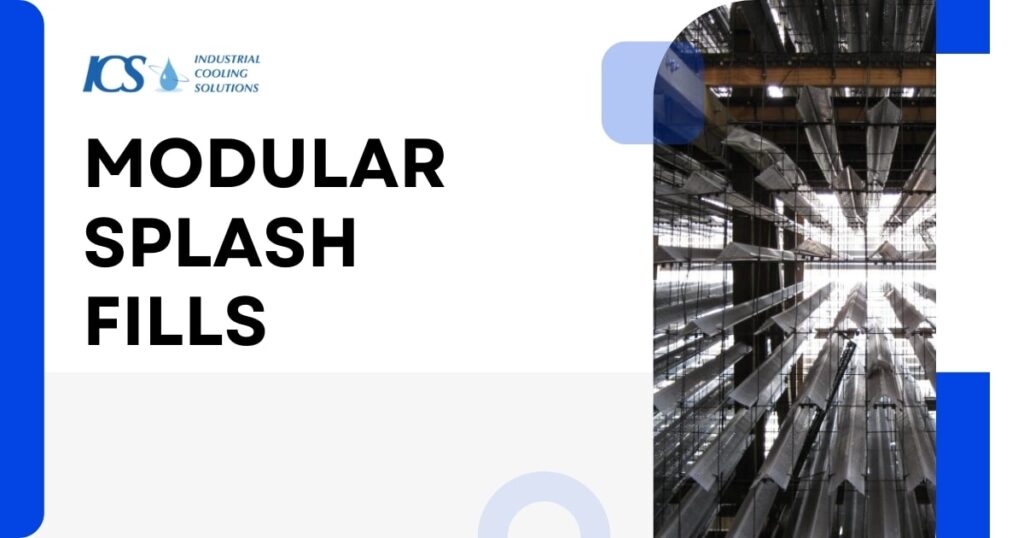
Modular splash fills are built with elements that create splashes circulating water droplets similar to splash fills but with better modularity to ease installation and cleaning. Several of these various splash fill part types may be combined in various ways to meet the specific cooling tower design needed.
Advantages in Terms of Fouling Resistance and Maintenance
Due to the droplet-generating structure of the modular splash fills, they exhibit reliable performance and high fouling resistance. They require less cleaning and maintenance than film fills and do well in environments where water quality can be of poor standard. also provide ease in repair and replacement which enhances the overall life of the cooling tower.
Factor to consider while choosing a new Cooling Tower and Fill Type
- Application Needs: Determine the cooling needs and usage conditions.
- Water Quality: Assess susceptibilities of the water source for fouling, scaling and biological growth.
- Maintenance Capabilities: Look at the factor of how easily it can be cleaned or how frequently the cleaning is required.
Recommendations
- Industrial Applications: Go for splash fills to enhance the fouling resistance.
- Clean Water Systems: Make use of film fills to enhance efficiency.
Conclusion
It can be concluded that the decision to use splash fill or film fill in cooling towers depends on various factors including; application, water quality, and maintenance aspects. Whereas splash fill allows for some fouling tolerance, film fill provides higher efficiency. In conclusion, to identify the best cooling tower fill material the above factors must be considered to enhance the whole cooling tower fill performance.

